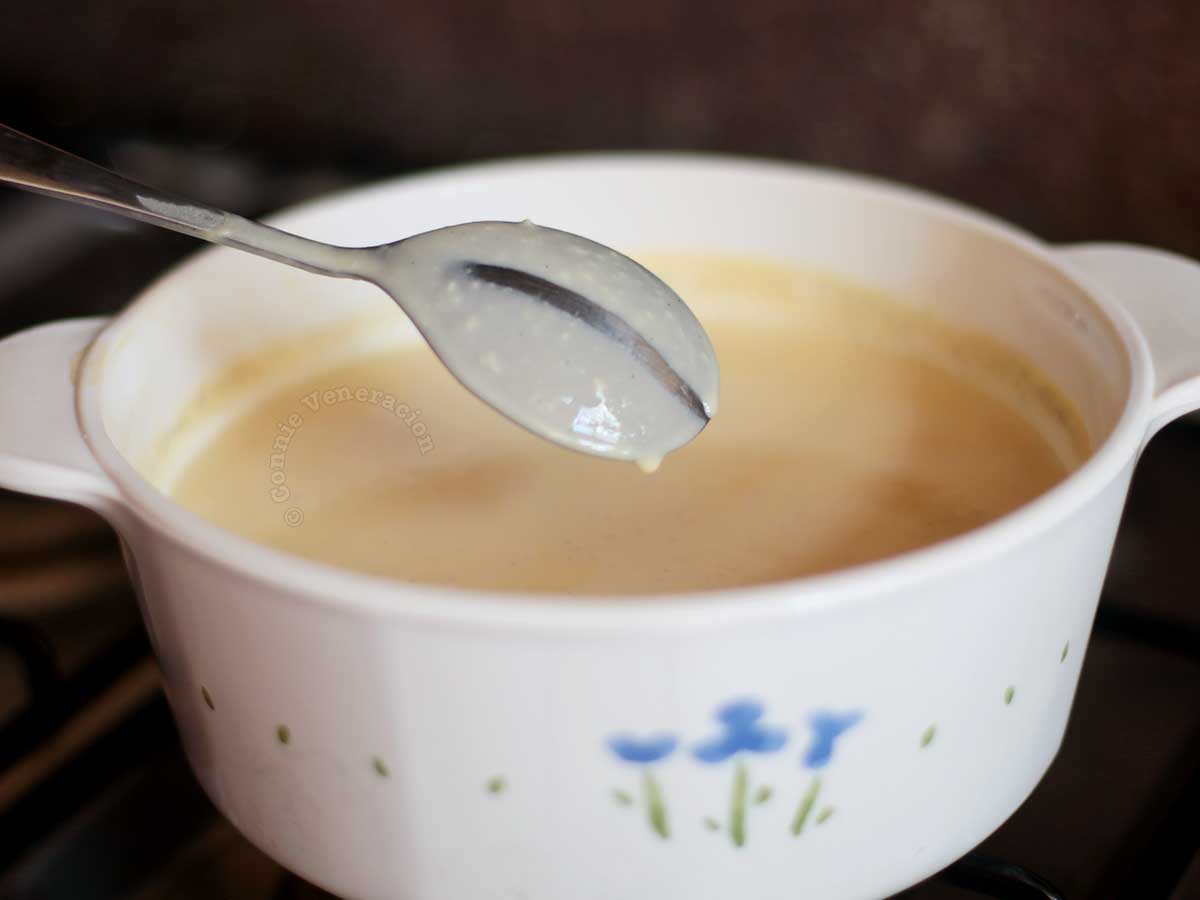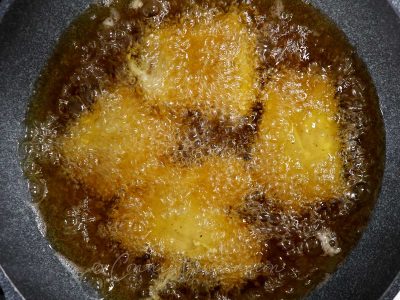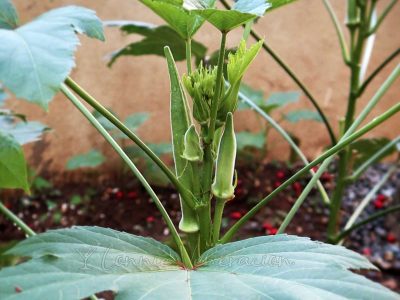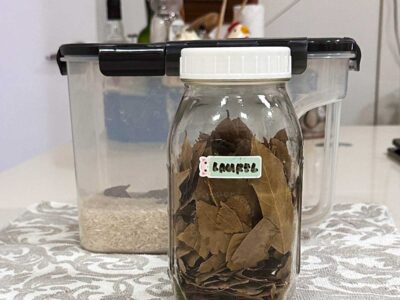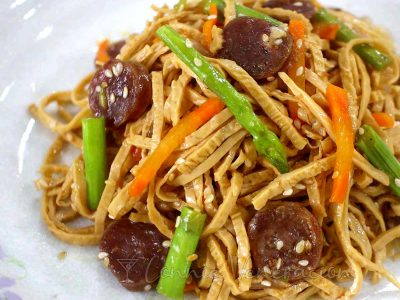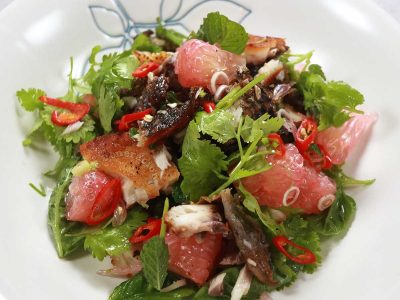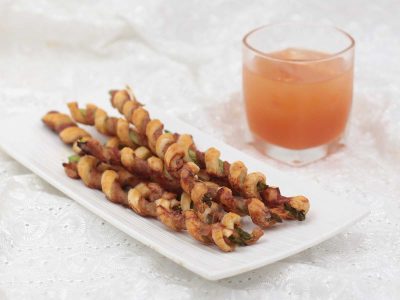What exactly does it mean? Surely, any liquid will coat a spoon if the spoon is dipped in it?
When does the liquid coat the back of the spoon?
A liquid coats the back of a spoon when, after dipping the spoon it in, you run your finger along the back of the spoon and the indentation remains. That indentation will not stay if the liquid is too thin. It only stays if the liquid is thick enough.
It’s really not every complicated, is it? But, as with most things, a visual guide is helpful.
This technique for measuring the thickness of a liquid is useful when the liquid is thickened by reduction, meaning, the liquid is simmered to allow evaporation.
What if the sauce or custard is thickened with flour or starch?
In such cases, the thickness is determined by the amount of flour or starch that goes into the liquid rather than the amount of reduction that the liquid has undergone. You can still measure the thickness by checking if the liquid coats the back of a spoon. If the liquid is still too thin, you have two choices — let it simmer some more or add more flour or starch.
Once you’ve mastered this very easy technique, you’ll have sauces and custards that are just the right thickness every time.
How to prevent “skin” from forming on custard
Many liquids, when left undisturbed, form a “skin” on the surface. This is true with cans of paint, with meat broth, gravies, milk, custards… And that’s just a short list.
Why a skin forms varies. With meat broth, for instance, the fat rises to the top and, as it cools, it congeals. The skin that forms on the surface of hot milk is especially disturbing to many.
This skin formation is due to the loss of solids that the milk undergoes as it is warmed up. As heat is applied to the milk, the proteins casein and beta-lactoglobulin start to coagulate, and form a skin on the surface. After further heating, the skin dries because of evaporation, and forms a still firmer barrier. [“Food for thought: Why does a skin form over hot milk?” in The Independent]
How to prevent skin from forming on the surface of liquid depends on the liquid. The web is full of tips for every liquid imaginable.
For custards, my solution is cling wrap. I do this as soon as the custard is off the stove because the skin starts to form within minutes.
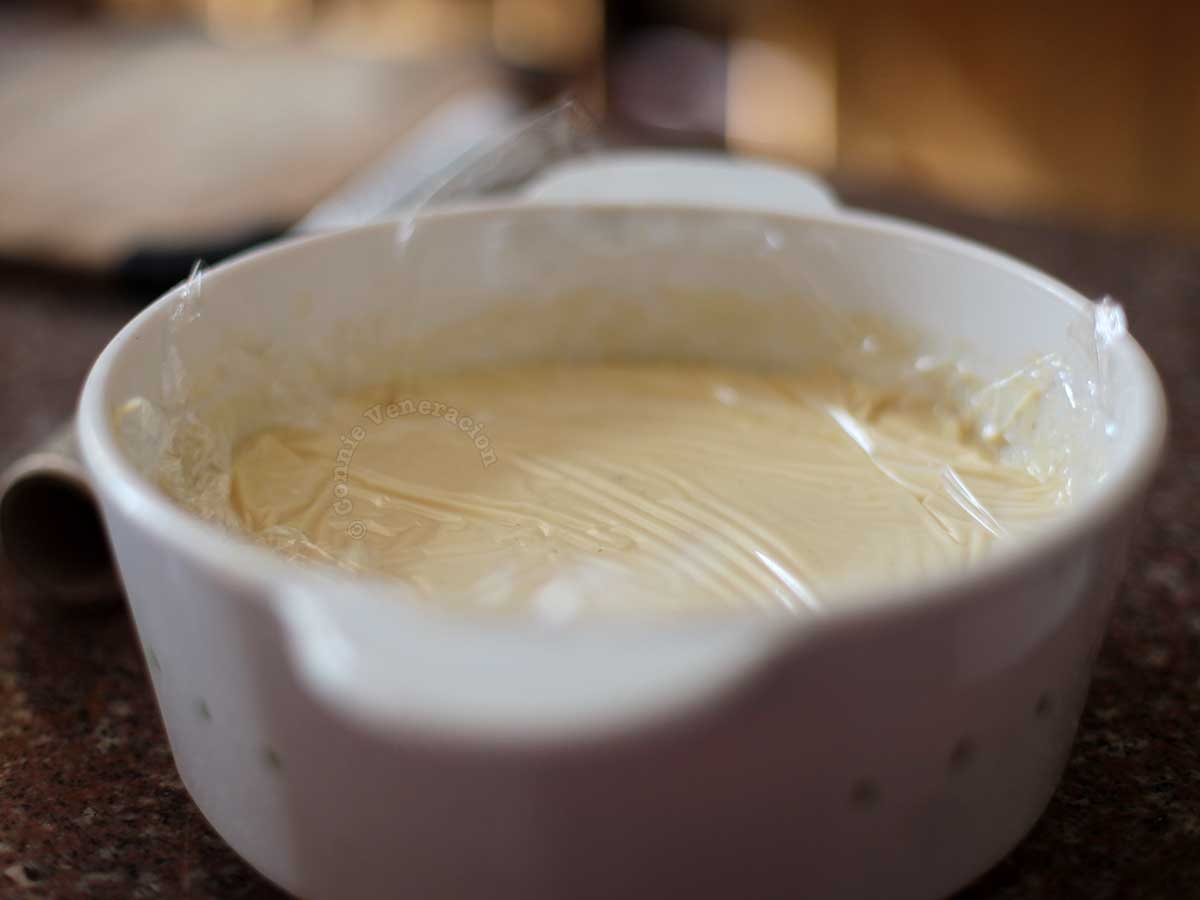
I take a sheet of cling wrap larger than the pan. I gently push the cling wrap so that every inch of the surface of the custard touches the plastic sheet. I cool the custard to room temperature then I chill it overnight in the fridge. No skin forms. At all.

